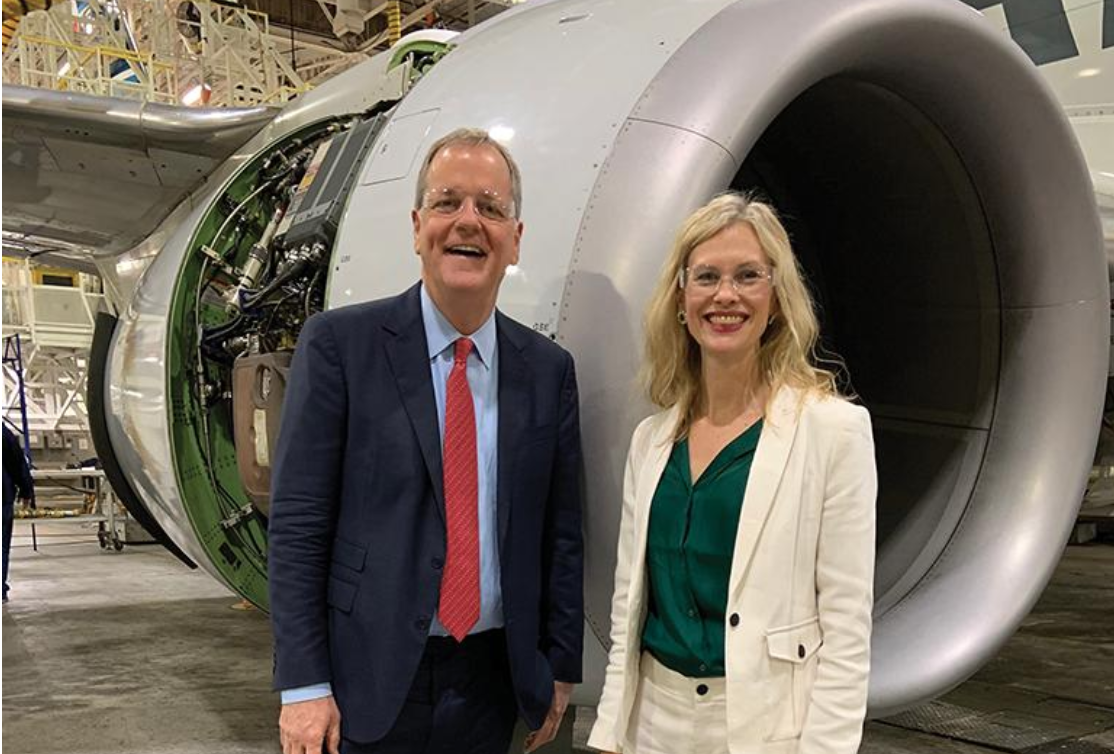
Twenty-five years ago, an event happened that would forever change the aviation aftermarket industry.
Three people saw a change coming in the airline industry and had a vision to harness the power of what they saw—and one made it happen. It was the birth of MRO—the acronym synonymous with today’s aviation aftermarket, as well as the Aviation Week event series.
“The name and the first conference [MRO ’96] in Dallas were hatched in a frenzy of meetings and brainstorming sessions headed by Ken Gazzola, Aviation Week’s publisher; Don Fink, Aviation Week editor-in-chief; George Ebbs, president of the Canaan Group, a consulting firm that pioneered the expansion of MRO outsourcing and its modern supply chain; and Lydia Janow, who led the small Aviation Week conference unit at the time and provided the tradeshow executional expertise to produce the first MRO event . . . and every MRO thereafter, continuing to this day,” says Greg Hamilton, Aviation Week Network president.
MRO ’96 was held in Dallas on March 10-12 at the Fairmont Hotel’s ballroom. Janow budgeted for 25 exhibitors and 350 conference attendees. “We ended up with 70 exhibitors [and a waiting list] and more than 500 conference attendees,” she says. Although the curtain separating the conference and exhibition spaces did not drown out vacuuming underway during exhibitor setup, the conference was considered a big success. (We’ve improved details such as that since then.)
Gazzola had contacted Ross Perot, Jr., whose family led the establishment of Alliance Airport in Fort Worth, for his support. That entailed MRO ’96 attendees touring the new airport, which was home to an American Airlines maintenance facility, and attending a spectacular Texas barbeque at Perot’s Circle T Ranch.
At MRO ’96, the theme of airlines needing to cut costs—by outsourcing maintenance and reducing inventories—was the hot topic. Airlines were being pressured to focus on their “core competencies” and shift other elements to suppliers. Stephan Regulinski, president of UAL Services for United Airlines, advocated outsourcing any maintenance that was not of a “value-added nature” for the carrier, but he cautioned, “United’s employee ownership plan limits the airline from outsourcing more than 20% of maintenance work,” according to an Aviation Week article about MRO ’96.
Boeing President Philip Condit urged airlines and MROs to establish and sustain a “mutual dialog” with each to navigate this new world.
Engine OEM business fundamentals also were under pressure: Increased engine reliability decreased the number of powerplants needed, customers wanted cost guarantees and better service, and a Rolls-Royce speaker cited rising spares costs that were suppressing engine sales. This was prompting Rolls to “make it very difficult” for new entrants to get into its aftermarket.
In 1996, Overhaul & Maintenance, the original name of this magazine that launched in 1995, pegged the MRO market to climb to $60 billion by the year 2000. Before the COVID-19 pandemic, Aviation Week was forecasting the 2020 commercial aviation MRO market dollar demand to be worth $91.2 billion, but now the forecast is 20-30% less.
Even with this drop, it’s a big, dynamic market—and one that will continue to evolve and persevere. Happy 25th anniversary, and thank you for being part of it.
